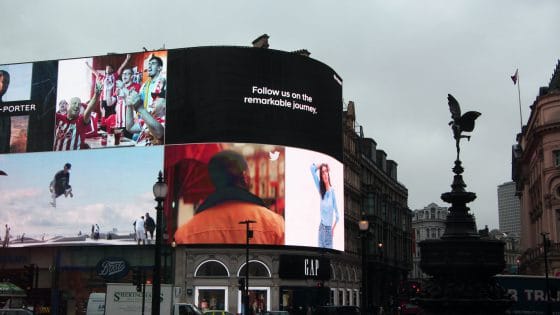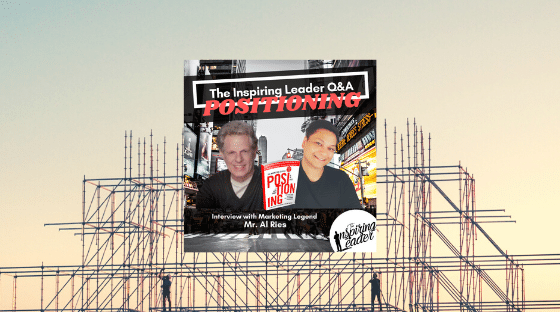Author, Therine Goh
In the 4.0 era, as Southeast Asia embraces technology and rises as one of the world’s fastest-growing regions, all aspects of a business are disrupted by the Internet, and advertising is no exception. Online marketing is indeed an integral part of any company’s — big or small — sales and marketing initiative, but this does not mean that offline advertisements have lost their relevance altogether.
The debate between “offline” (aka traditional) and “digital” shouldn’t be likened to good vs. bad or better vs. worse in this region. It can be tempting to look at an industry that has undergone a digital revolution through a particular lens. However, unlike old cassette tapes that were displaced by the humble CD, offline media still has a lot to offer in a diverse and cutthroat market like Southeast Asia.
According to the Malaysia 2019 OOH Adex Report by AIMs Research, most of the brands have increased their out-of-home (OOH) ad spend year-on-year (YOY), and the industry is poised for further growth in 2020 with billboards leading the way, taking up 64% of the OOH panel count in Malaysia in 2019. Furthermore, research suggests that print media performs far better than it is perceived to, and any startup, SME or large corporation that wants to stay ahead in the region’s ever-increasing competitive landscape cannot afford to ignore offline advertising.
Why choose offline advertising?
Reach and credibility. The bottom line is that offline advertising is more trusted than its online counterpart. It has a potent combination of heritage, credibility, and gravitas. Reports suggest that television ads are still the most trusted advertising medium across Southeast Asia whereas, surveys and studies from all over the world indicate that online pop-up ads are the least trusted, and generally perceived as spammy.
Offline advertising also has enormous reach. Radio ads in Malaysia have a penetration rate of 96% and are incredibly cost-effective. Such is the trustworthiness of print ads, even technology giants like Facebook are turning to this tried and trusted medium for help. Following their Cambridge Analytica scandal, the social media behemoth took out full-page ads in the UK’s most prominent newspapers to apologise to the public for their shortcomings.
Accountability in the post-truth era. The ability of online technology to adapt and adjust has proved to be one of its biggest strengths. However, this speed and flexibility have also proven to be a chink in its proverbial armour.
Ads that circulate online can be quickly bought and attached to websites that have been made for the sole purpose of misdirection. With 60% of web traffic driven by bots, it is easy to manipulate social media feeds with false advertising from hastily created sites.
On the other hand, brick and mortar publications are held highly accountable for the content they produce. Overall, this makes them far more trusted than their online counterparts, and means its advertisements hold more authority. In the post-truth era, a little trust goes a long way. Offline advertising, therefore, is effective for long-term strategies i.e. building up brand equity, aiding brand recall, creating loyalty, and stimulating demand.
Higher visibility and tangibility. In the UK, outdoor printed advertisements reach a staggering 1.5 billion eyeballs every single day, presenting an outstanding opportunity in regards to visibility. Brands achieve a sense of familiarity when they occupy the same spot on a location daily. Consumers also retain and comprehend information far better in print form than online, which is vital if you want your message to stick.
In contrast, the noise of online advertising is deafening. The attention span of consumers is shrinking, making it hard to stand out in such a saturated environment. Most people who consume content on mobile or on browsers no longer read – they scan. According to several studies and reports, people remember and understand print ads three times better than they do digital ads. Therefore, there is still exceptional value in using offline media for advertising.
Transparency. The complexity of the digital advertising chain means a considerable amount of money can be left unaccounted for. In 2022, $44 billion is expected to be lost to digital advertising fraud, where fake ad spaces are disguised as premium publishers and put up for sale at marked-up prices. Offline advertising is bouncing back into the scene thanks to a higher degree of transparency. The link between ad space, providers, and content is far more straightforward and less prone to nefarious activities.
Creativity and real-life engagement. The narrow structure of most online channels makes it hard to stand out and be truly innovative in your advertising approach. Offline channels provide excellent opportunities to flex your creative muscles. For instance, to increase customer engagement, KLM Royal Dutch Airlines introduced “Live Hologram Bars” where customers could chat in real-time with travellers from around the world at other airports. The “Take-Off Tips” campaign was a creative way to inject some fun into preflight boredom and make sure airport patrons remember the brand.
Leveraging technology for offline advertising. Tech disruptions in the advertising industry have made offline advertising easier, and more accessible than ever. For instance, at AdEasy, we have created a go-to online platform for offline advertising that enables businesses to discover and book offline ad spaces in just a few clicks.
AdEasy is most suitable for startups at the stage of series-A and above, and medium-sized SMEs in their second or third year of business who are looking to grow their brands further in Malaysia, and across the region. At this stage, they are seeking additional ways to create more awareness and credibility, and offline advertising would be one of the solutions.

Do you have an article, infographic, podcast, presentation slides, press release or a key individual from your organisation that you'd like to highlight on Marketing In Asia? Head on over to Upload Your Content for more info.



















